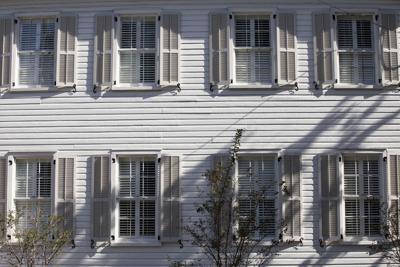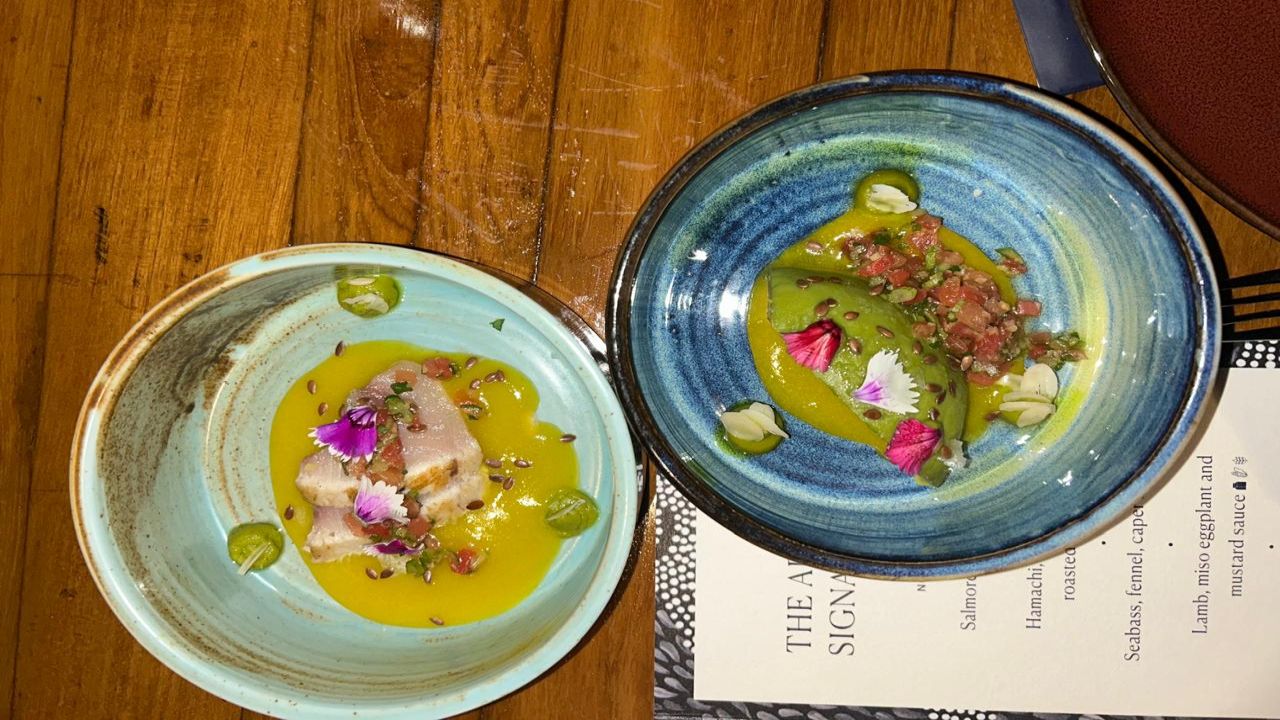The Mazyck-Wraggborough neighborhood in downtown Charleston has transformed over three centuries from suburban escape to urban enclave. Its story is hidden in the architecture. Residents began laying out the neighborhood, bound by Calhoun, East Bay, King and Mary streets, in the early 19th century.
Wealthy, White planters and merchants flocked to the area, then outside the city center. They craved space — a reprieve from Charleston's hustle and bustle. They bought up large lots on wide streets with ample room for separate kitchen houses and quarters for the people they enslaved .
Charleston 'did not function' without slaves on the peninsula. Here's a look at their homes. Mazyck-Wraggborough became an early suburb, designed to be a carriage-commutable distance from the dirtier, more crowded city, said Christina Butler, dean of faculty at American College of the Building Arts.
Several of these urban villas were on display during a recent Preservation Society of Charleston tour, part of its annual fall event showcasing history, architecture and landscapes across the peninsula. Unlike neighborhoods in the original walled city, the famous Charleston single house doesn't dominate Mazyck-Wraggborough. Instead, cavernous homes with front-facing porches abound, with early architecture covering periods from Federal to Greek Revival.
Outbuildings — like slave quarters and kitchen houses — are invisible from the street. When residents of Charleston began building and settling plots.


















